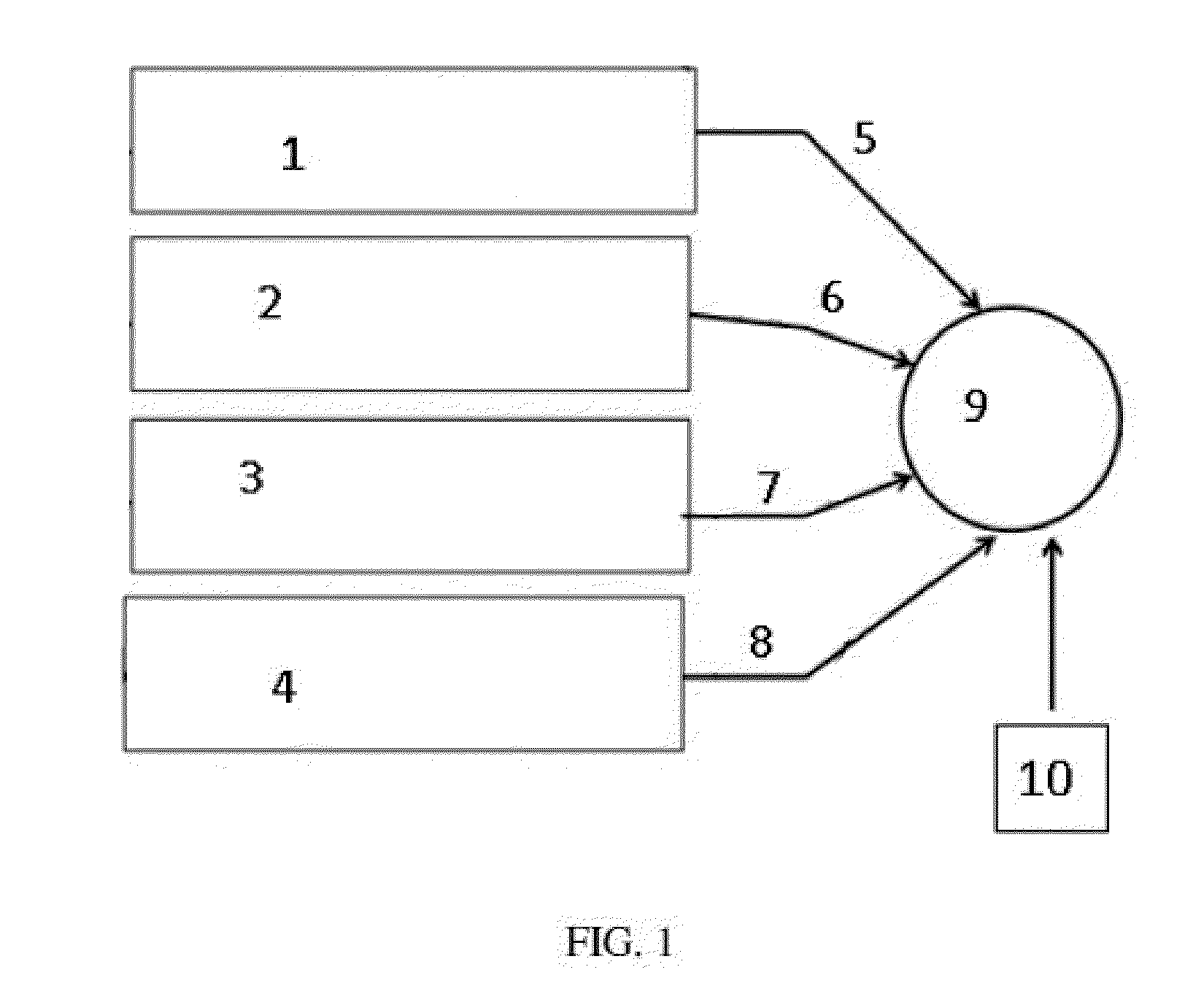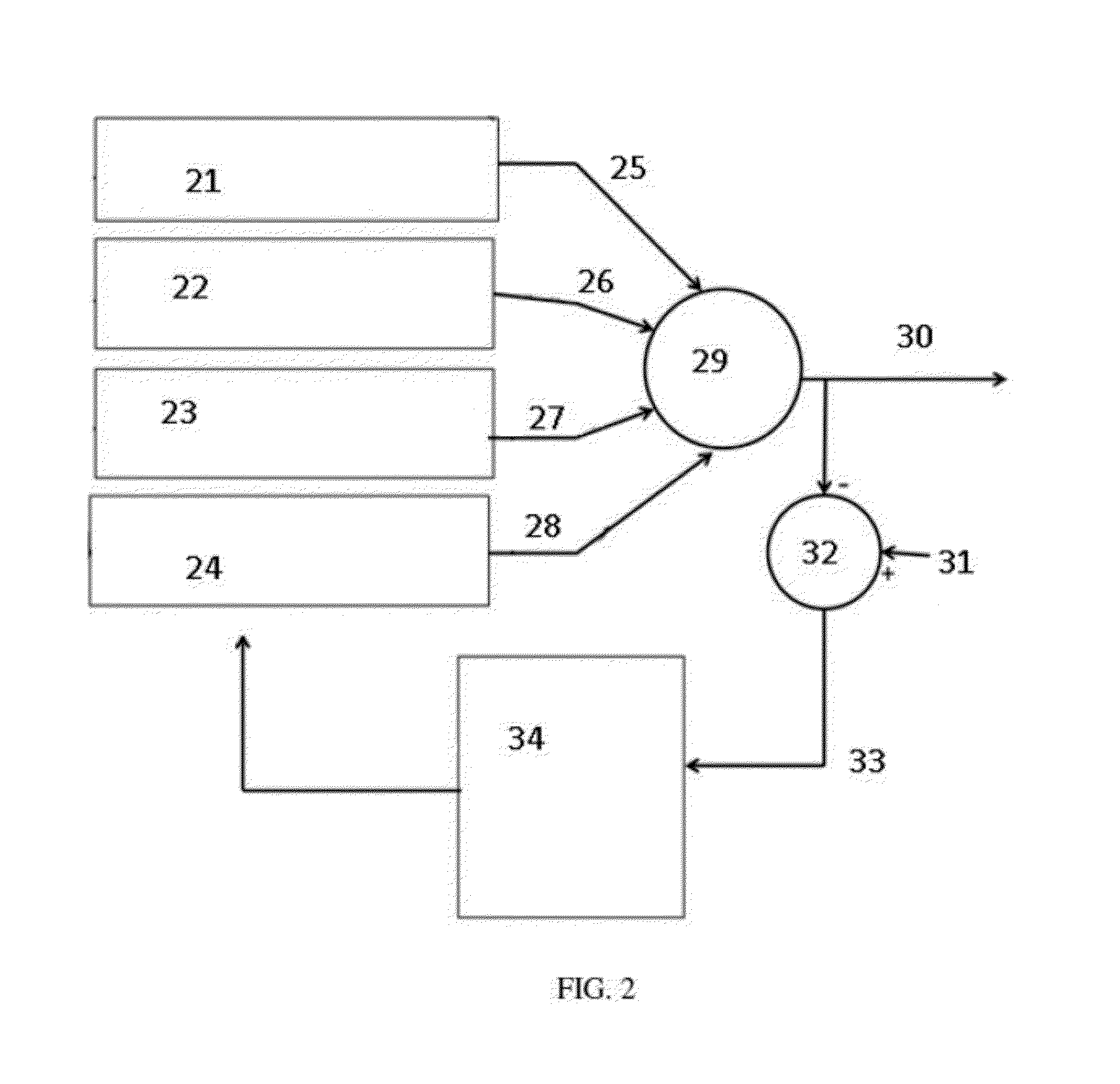Precision dialysis monitoring and synchonization system
a dialysis monitoring and synchonization technology, applied in the field of precision dialysis monitoring and synchonization system, can solve the problems of patients being at increased risk of arrhythmias, no current method to predict the onset of ltva, and excessive fluid accumulation in the body, so as to minimize the error
- Summary
- Abstract
- Description
- Claims
- Application Information
AI Technical Summary
Benefits of technology
Problems solved by technology
Method used
Image
Examples
example 1
[0267]A database containing transmissions from patients with implantable medical devices was used. In this database, a search was carried out to search for individuals having a weekly pattern in their electrical impedance trace as shown in FIG. 4a, which shows the daily impedance 201 plotted against time in days 202. Without being limited to any theory, it is hypothesized that mild fluid overloads are experienced during the long interdialytic period of the hemodialysis patients, usually on the weekends, manifest themselves as drops in the impedance values on Sundays. The presence of a weekly pattern in the daily impedance was confirmed by a peak at a frequency of 1 / 7 reciprocal days in the power spectrum, as shown in FIG. 4b, which plots the power 203 against reciprocal days 204. The arrow at 205 corresponds to a peak frequency at 1 / 7 days. At the end, 1,257 patients with a weekly impedance pattern were identified in the dataset. FIG. 5 shows a plot of the number of patients 308 aga...
PUM
 Login to View More
Login to View More Abstract
Description
Claims
Application Information
 Login to View More
Login to View More - R&D
- Intellectual Property
- Life Sciences
- Materials
- Tech Scout
- Unparalleled Data Quality
- Higher Quality Content
- 60% Fewer Hallucinations
Browse by: Latest US Patents, China's latest patents, Technical Efficacy Thesaurus, Application Domain, Technology Topic, Popular Technical Reports.
© 2025 PatSnap. All rights reserved.Legal|Privacy policy|Modern Slavery Act Transparency Statement|Sitemap|About US| Contact US: help@patsnap.com



